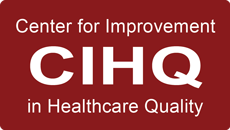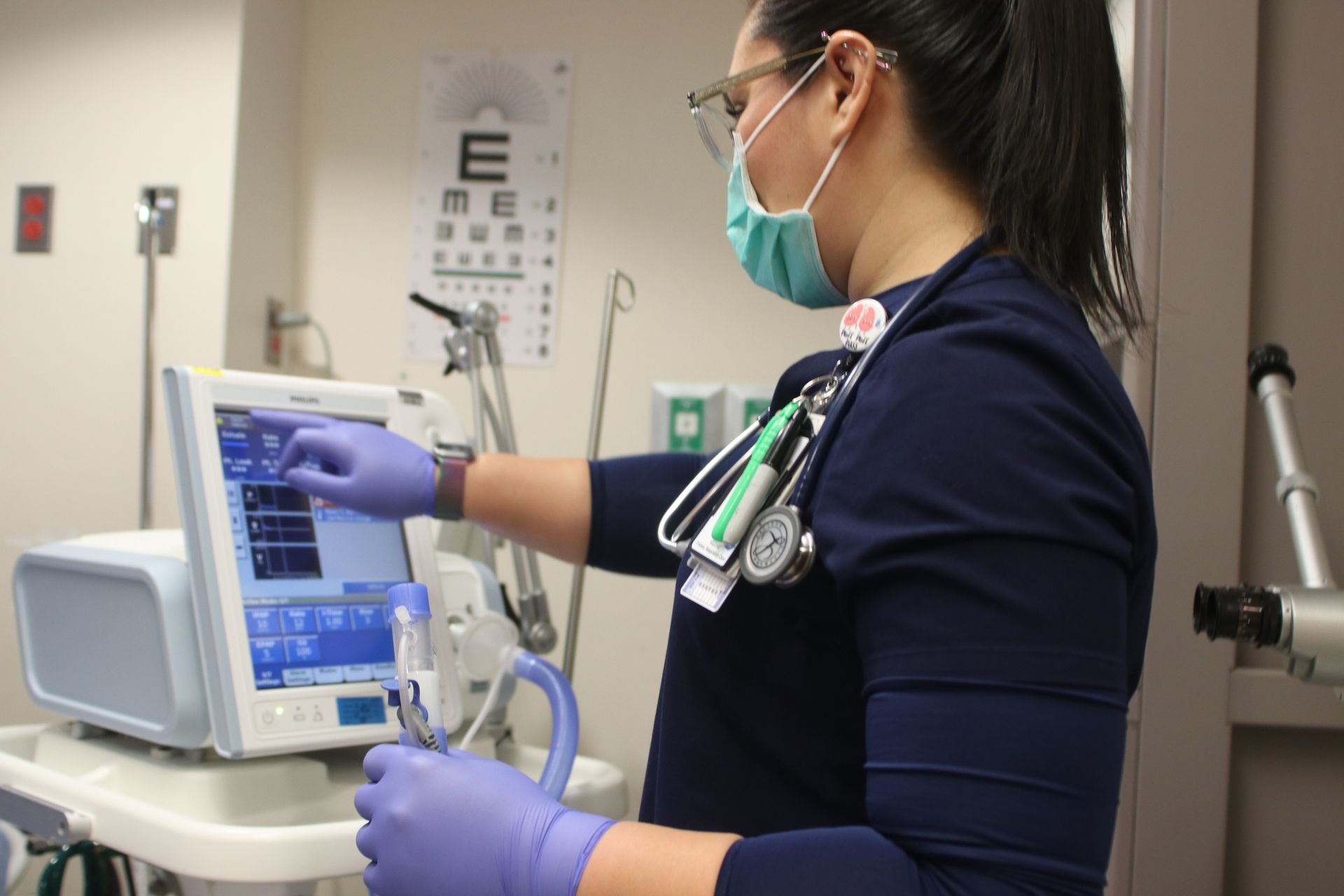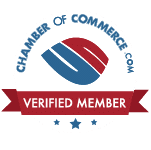A Time And A Place For Everything ...
What Is Your Organization’s Social Media Policy?
november 2022
By Jody Randall MSN, RN, CIC, HACP-CMS, HACP-PE
CEO and Founder
The popularity of social media platforms is something that we are all familiar with. It is difficult to find any business today that does not utilize some type of social media platform to promote goods and services. Additionally, use of social media has become common place for people of all age groups. New platforms continue to be created in hopes of becoming the latest and greatest trend. While at times it may be mind boggling to keep up with what is happening in the social media of the world today, use of social media in the workplace has become an enormous challenge for businesses, in particular the healthcare industry.
At HCE, we have recently polled healthcare executives to elicit feedback on this topic. Although most healthcare administrators attested to having a social media policy in place, some were not sure if a policy existed for their organization. In our experience, lack of knowledge of company policy is not uncommon. Regardless of which social media platform you might access, a simple search can lead you to a healthcare worker on the job dancing and singing on TikTok or making Facebook videos while at work. During the pandemic we discovered countless images of healthcare workers on duty wearing some form of personal protective equipment. The common place of social media in society has raised serious concerns in healthcare today.
While a concern for organizations is employees “stealing time” by utilizing personal social media platforms on “company time”, a greater concern should be the risk to the patient and the organization. Patient Privacy cannot be overstated. A team member could publish videos, images or content that contains patient information without ever intending to breach patient privacy. Another concern is personal cell phone use in patient care settings.
When conducting a risk-assessment we recommend that you determine if policies and procedures in place to restrict or limit the use of personal electronic devices in the workplace. If you discover that this type of policy does not exist, we strongly encourage you to create one to help protect your organization from litigation for inappropriate use of personal devices. In our experience, we have found an astonishing number of breaches by employees using their personal electronic devices in patient care areas. Employees must be well educated on company policy and procedure to prevent these types of occurrences.

Banner Photo found through image search ( owner posted on April 27, 2020) In-line Photo found through image search ( twitter posting on April 26, 2020)
An article published by renalandneurologynews.com in 2021 referenced the following instance wherein a nurse inappropriately used social media while at work. “In 2018, a
pediatric nurse
at Texas Children’s Hospital lost her job after she posted details about a toddler’s measles diagnosis on an Anti-Vaxxer Facebook Page”. The article also stated “In some cases, clinicians have faced criminal charges. But this happens in the worst cases, such as a nurse or aide posting videos to social media, showing elderly people as they are taking showers or even having sex”. It is never safe to assume that team members understand the consequences of what they may believe is their right to express themselves on social media. According to hipaajournal.com “staff at the Autumn Care Center in Newark, Ohio, were found to have taken a video of cognitively impaired patients who had been trained to sing degrading song lyrics. The video was then distributed via Snapchat. The act was deemed to have resulted in “intentional humiliation” and “psychological harm” being caused. In total, six residents were reviewed for abuse at the facility.”
Social media has many positive attributes when used appropriately in the healthcare industry. “Social media tools such as Facebook, Twitter, and YouTube have been used to train medical personnel, provide information to patients, and allow rapid communication in times of crisis” (AAMC 2022). Many organizations have their own Facebook, Instagram and Twitter accounts for example. LinkedIn is another platform used by countless healthcare organizations. It is not uncommon to find organizations routinely post announcements on social media such as hiring for positions, team celebrations, team member promotions, or services they provide. It is a great way to network with other professional. You can also easily find education sessions available to discuss hot topics in healthcare today or open forums wherein healthcare workers discuss what is going on in the industry today.
Regardless of what you may use social media for, it is critical for businesses regardless of the type of industry to address the topic of social media. Developing a policy and procedure for your organization to control how social media is used is essential to mitigating risk and liability for any organization. Having a policy is not enough to mitigate risk, however. It is crucial to ensure that team members are well educated on policies and procedures concerning social media. It may also be beneficial to include a competency quiz to validate that policies and procedures are well understood.
The American Hospital Association (AMA) has created a guide to help healthcare leaders
develop social media policies
for their respective organization. The U.S. Department of Health and Human Services has
developed a checklist
to help with development of social media policies and procedures.
The topic of social media is nothing new. There are a variety of tools to assist organizations with policy and procedure development. We encourage those in healthcare leadership roles to evaluate existing policies and update as necessary to address areas of concern. If it is discovered that policies and procedures do not exist, it is critical to make policy development and employee education a top priority.
As with the two photos posted within this newsletter, there are numerous examples of social media breaches available if you choose to search the web for examples. Don’t allow your organization to vulnerable. There are not only legal and financial implications to consider, but the reputation and community stewardship of any organization could be tarnished for many years to come.
From all of us here at HCE, we would like to say post away. Just remember... there is a time and a place.
References:
https://www.hipaajournal.com/nursing-home-snapchat-photo-sharing-scandal-uncovered-8229/
Journal of the Association of American Medical College 2022,
https://journals.lww.com/academicmedicine/fulltext/2013/09000/social_media_use_by_health_care_professionals_and.46.aspx
American Hospital Association, 2022.
https://www.aha.org/standardsguidelines/2018-04-02-hospital-leadership-guide-digital-social-media-engagement
https://www.renalandurologynews.com/home/departments/hipaa-compliance/health-providers-must-use-social-media-cautiously-to-avoid-violating-hipaa-rules/
(July 2021).
The U.S. Department of Health and Human Services, 2019,
https://www.hhs.gov/web/social-media/policies/index.html
HCE is Here to Help
Healthcare Consulting Experts LLC was built based upon our understanding of the challenges that all healthcare facilities are facing today. Healthcare professionals strive to deliver the best possible care to all patients. We can help your facility through the difficult times and put you back on track to a less stressful tomorrow.
Don’t take chances! Our experts can assist with regulatory compliance requirements for whether you are building a new, state of the art project or renovating an existing structure. Be sure to visit
Our Website
to see a full list of the services that we provide. Contact us today at +1 (800) 813-7117 for a free initial consultation.
Please join us by clicking on any of the icons below to leave a comment or for more informati
on and updates:





